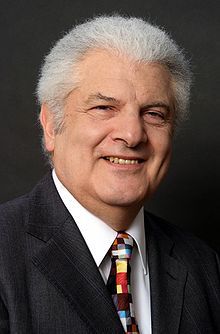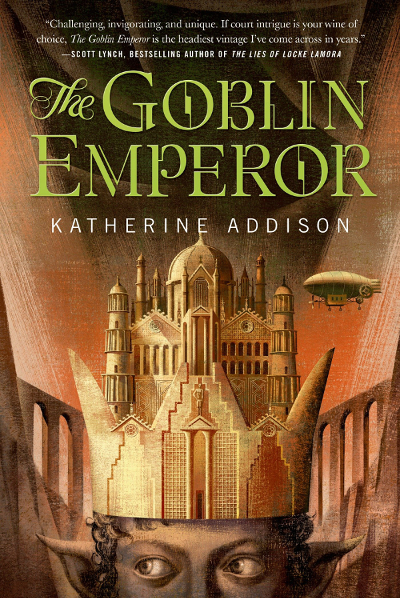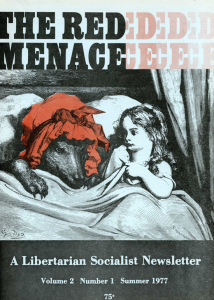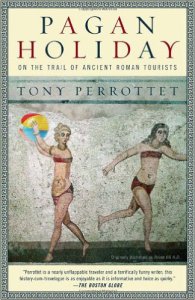 Pagan Holiday by Tony Perrottet is a book filled with strange pieces of information about the intersection of the ancient world and tourism; this is no coincidence, as the Romans essentially invented many of the most common touristic tropes, and began visiting many of the same places that people seek out today. There were the ones who travelled for religion, for culture, to drink themselves under tables across several countries; they went to Naples, Sparta, Troy, Alexandria.
Pagan Holiday by Tony Perrottet is a book filled with strange pieces of information about the intersection of the ancient world and tourism; this is no coincidence, as the Romans essentially invented many of the most common touristic tropes, and began visiting many of the same places that people seek out today. There were the ones who travelled for religion, for culture, to drink themselves under tables across several countries; they went to Naples, Sparta, Troy, Alexandria.
Perrottet went on a binge of travelling with his wife when she got pregnant; they followed the ancient touristic circuit, which – somewhat unsurprisingly – is still heavily populated by clueless people with maps and with hotels run by eccentric old biddies. He weaves into his personal travelogue the experience of the ancients, about hiring a cart, mule, and driver, about sketchy inns, about rites revived for money; there were insufferable tour guides and copious amounts of graffiti. The bottom line: it’s different now, but not that different. The novelty and the implacable grandiosity of the history remain the same.
It’s a quirky, funny book; I laughed out loud several times. However, the moments I liked best were when he was profoundly affected by his experience; the most striking of these came toward the end of the book, when he had somehow managed to get into the preservation lab of the Museum of Egyptian Antiquities.
He was taken there by one of the scientists working at the museum, a Mr. Iskander. There on the slab of room 354, 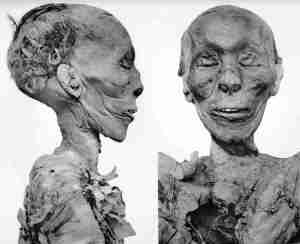 was King Thutmose III. (Pronounced ‘tut-moh-suh,’ more or less.) Mr. Iskander was planning on excising a malevolent fungal growth from the armpit of the pharaoh, but for the moment, was gleefully speaking about the ins and outs of his work. Until he encouraged Perrottet to touch the mummy.
was King Thutmose III. (Pronounced ‘tut-moh-suh,’ more or less.) Mr. Iskander was planning on excising a malevolent fungal growth from the armpit of the pharaoh, but for the moment, was gleefully speaking about the ins and outs of his work. Until he encouraged Perrottet to touch the mummy.
“Feeling oddly nervous, I put out a finger and ran it along Thutmose’s forearm. The skin was hard and cold – beyond leather, it felt like stone. It was unbelievable. Here was an actual pharaoh, a god on earth, who had taken his last breath three and a half millennia ago. And I was as good as shaking hands with him. His teeth now seemed bared in a contorted smile of triumph – or was it rage?…Immediately, I felt a wave of guilt. What was I doing? Defiling a corpse?” (301)
Would you touch a mummy?
Really.
Would you?
Would you find the temptation to touch something – someone – so astonishingly old it made your existence puny, something so delicate and so frail? Or would you respect its age, respect its status? Would your palm hover over the crest of his head, almost touch the hairs that remain there, pull back? Would you merely wait for the eyes to open, look at you, as dry and shriveled as the rest of him?
I still have not answered this question for myself; I cannot seem to decide if I would have the presumption necessary to do it. Would my hand reach out, unbidden?
Perrottet’s mind was heavy with what he had done, sure once the touch had ended that he had done the wrong thing, had perhaps been cursed. He found himself at the end of his journey at the Valley of the Dead, visited a number of tombs, and when his wife was tired and resting, visited one last tomb.
“At the very farthest recesses of the Valley, rarely visited by modern visitors, concealed in its own private Wadi, was KV34 – the tomb of Thutmose III.
I climbed up a metal ladder, then down steep stairs. The ruthless old general made sure his was one of the best-defended resting places in the Valley – booby traps included a collapsing door that sent thieves plunging onto sharpened stakes. With the cautious tread of the guilty, I crossed the same dark pit, and moved through dimly lit
chambers whose walls, dancing with hieroglyphics, curled through the rock like a beckoning, arthritic finger. I arrived in the final hall. At the far end, a huge stone sarcophagus squatted as immoveable as any altar…Feeling decidedly foolish, I put my hands on the rim.
What on earth was I doing?
I put one leg over, then the other, and slowly lay down in the sarcophagus. The stone on my back was as cold as the mummy’s fossilized arm back in Cairo.
This can’t hurt, I told myself. I closed my eyes. And apologized to Thutmose. In case this seemed a little pathetic to the Napoleon of the East, I offered to make more-tangible amends. A dead man is revived when his name is pronounced. I promised to one day tell the story of prodding his corpse, and subsequently make his name live on.
I opened my eyes. Two Swiss tourists clutching their Guides Routardes were staring down at me as if I were a dangerous lunatic. I didn’t care: Perhaps it was my first twinge of parental responsibility, acting like a superstitious idiot in Egypt. And the most embarrassing thing was – I felt better. I realized that if the positions had been reversed – if I were a decrepit mummy, and the general had stumbled upon me – he would hardly feel guilty about some serious prodding. In fact, he would probably have broken off my member and used it as a keyring.” (342-343)
I’m not sure if this contains any kind of answer to us – how to avoid a mummy’s curse, perhaps – or whether it is morally correct to touch a several thousand year old corpse.
It does raise one question: Did they have keyrings in ancient Egypt?
Advertisements Share this: